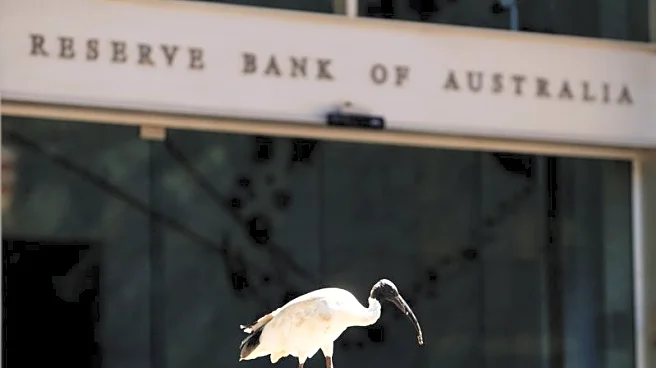What's Happening?
Sweden's consumer prices rose by 0.4% in October compared to September, exceeding the 0.2% increase predicted by a Reuters poll. The headline inflation rate reached 3.1% year-over-year, according to flash figures from the statistics office. This development
indicates a higher-than-expected inflationary trend in Sweden, which could have implications for economic policy and consumer spending.
Why It's Important?
The unexpected rise in inflation in Sweden may signal broader economic pressures that could affect monetary policy decisions. Higher inflation can impact consumer purchasing power and may lead to adjustments in interest rates by the central bank. This trend could also influence Sweden's trade relationships and economic stability, with potential ripple effects on European markets.
What's Next?
Sweden's central bank may consider policy measures to address inflationary pressures, potentially adjusting interest rates to stabilize the economy. Economic stakeholders, including businesses and consumers, will likely monitor these developments closely, as they could affect investment decisions and spending patterns. The government may also evaluate fiscal policies to mitigate inflation impacts.
Beyond the Headlines
The inflation trend in Sweden highlights the complexities of managing economic growth and stability in a global context. Ethical considerations may arise regarding the balance between economic policies and social welfare. Long-term economic strategies may be influenced by these inflationary trends, potentially affecting employment and industry standards.














